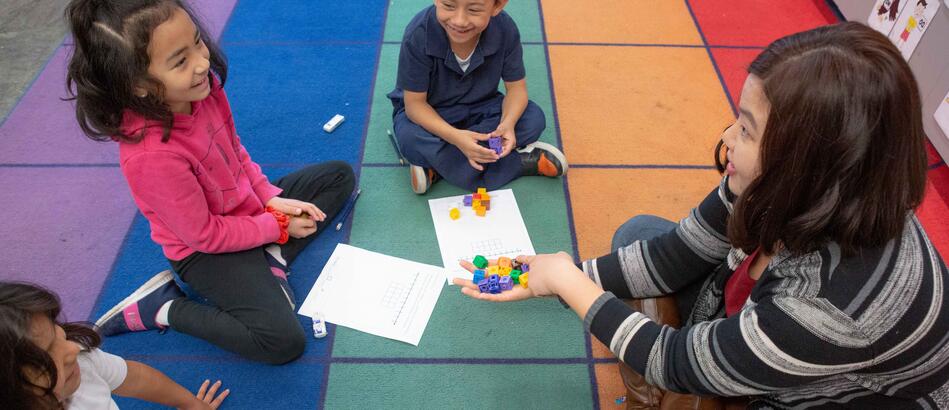
Three years ago, schools across the country shut their doors and scrambled to continue student learning online, all with the goal of stopping the spread of COVID-19. This shift to remote learning had dire unintended consequences: lost learning time, chronic absenteeism, and losing students to drop out – for some groups of students far worse than others. In doing so, inequities in our public education system that were already glaring have now become far worse.
We know how we got here, and we also know that the federal government provided $190 billion through the Elementary and Secondary School Emergency Relief (ESSER) fund make up for lost learning time and the myriad downstream consequences from the pandemic. What we don’t know, is how are states and districts using this unprecedented amount of money to help schools get students back to the classroom, provide a safe, supportive, and healthy learning environment, and address local needs?
To answer this question, the RESTART Network is synthesizing and highlighting what states are reporting as their most pressing needs, what they are doing to address those needs, and how these needs have changed over time.
Understanding pandemic recovery efforts
The pandemic has not affected all students equally. We know that students most at risk took the biggest hit during the pandemic, with schools scrambling to meet the needs of students who would normally receive wraparound and special education services. We are most interested in student groups for whom the pandemic has had the largest negative impact, including students from underrepresented racial minority groups, students experiencing homelessness, students experiencing poverty, students receiving ESL services, and students with disabilities
As the Recovery Needs and Activities - Scan and Synthesis team, we are searching across many different resources to identify pandemic recovery information: federal funding applications, evaluations, surveys, and data trackers. So far, we have identified almost 4,000 artifacts related to pandemic recovery in education, with many more searches to be completed. Our team of 10 expert researchers are adapting systematic review and meta-analytic practices to produce the most relevant and robust syntheses to help us understand how states are using their ESSER funding to help kids.
There has been a lot written about pandemic recovery in education over the past three years and to begin this synthesis we needed to narrow our focus. We relied on the expertise of our Core Network of research teams and the RESTART Advisory Board to assist with scope of our work. The research teams are studying the effects of strategies focused on topics such as early literacy, social emotional learning, summer school, and accelerated learning. Our advisory board, which is made up of national experts from across the educational field, suggested we add high dosage tutoring and educator supports to that list during a discussion of what they are seeing as the greatest needs in their communities related to pandemic recovery.
Ultimately, we want to know what activities are being planned and implemented to address the most pressing needs, which students are getting the most attention, and whether and how these activities are being studied. We’ll take a look at trends across time, by state, where the gaps are in terms of student need and what could use more robust evaluation. All of this work is in pursuit of answering that $190 billion question of how states are recovering from the pandemic, and what pandemic recovery will continue to look like over the next several years.
What’s Next?
Our overall purpose at the RESTART Network is to make this research actionable for folks in schools and districts. With this goal in mind, we plan to synthesize and publish the results of this scan in engaging ways, including narrative syntheses that distill lessons learned from academic, nonacademic, wrap-around, and behavioral needs of students and educators alike. Additionally, we are launching a registry to capture ongoing and completed evaluation efforts related to pandemic recovery in education, and will feature these entries on our website. Our synthesis team, and the entire RESTART Network, has several exciting and engaging products planned for the next few months, all aimed at accelerating pandemic recovery efforts in our educational system. Stay tuned!
Photo by Allison Shelley/The Verbatim Agency for EDUimages
